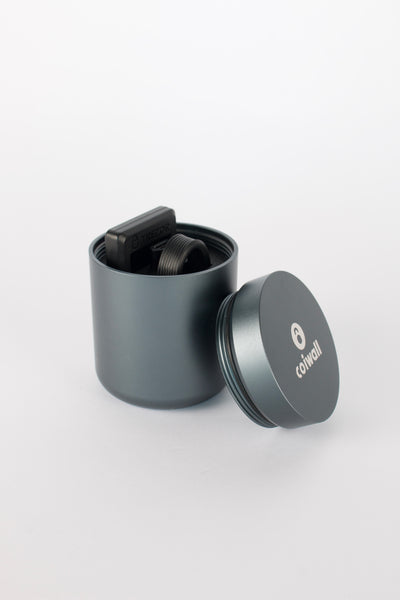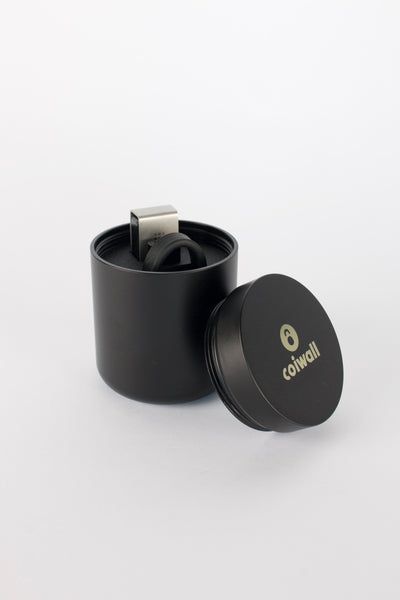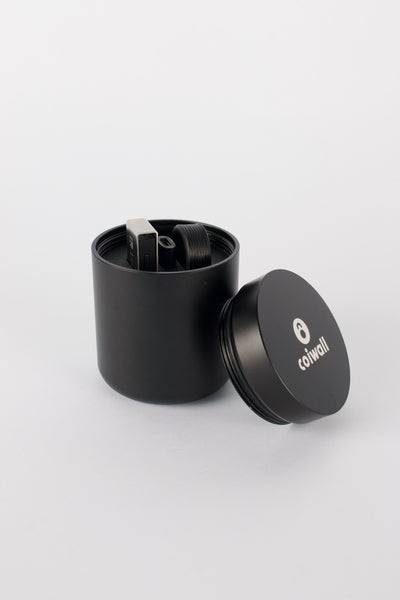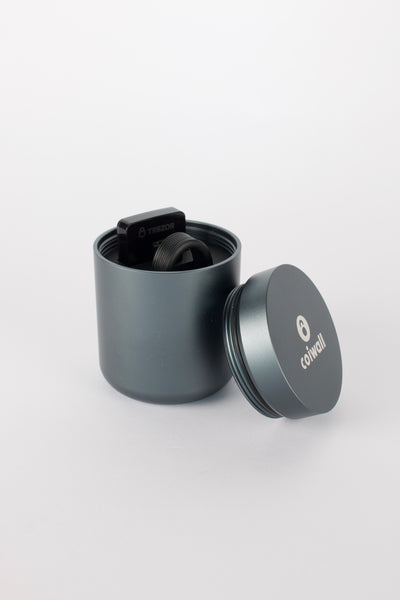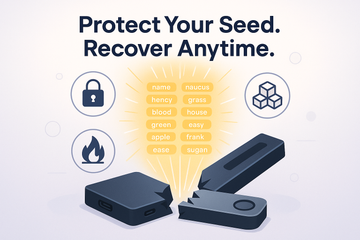It’s the nightmare scenario for any crypto enthusiast—your hardware wallet, the vault that keeps your digital assets safe, suddenly just... gives up. Maybe it’s coffee on the morning news, or perhaps it’s a toddler and one too many gravity experiments. Whatever the reason, the device is toast. So now what? Is all your Bitcoin or Ethereum simply gone, faded into digital oblivion?
Is Broken Hardware the End of Your Crypto?
Here’s the thing: the physical wallet breaking doesn’t mean your coins vanish. That’s a common misconception, and it’s entirely understandable, given how “hardware wallet” sounds almost like a bank vault, but digital. But this vault has a secret passage—it’s your backup seed phrase (sometimes called a recovery phrase). Think of it as the forgotten spare key under the flowerpot.
Let’s Talk Terminology for a Second
In crypto circles, 'hardware wallet' might mean a Trezor, a Ledger, or any other device that stores your private keys offline. These keys are your gateway to the blockchain—without them, you can’t prove ownership or spend your coins. What matters most isn’t the device itself, but how you can restore those keys if things go sideways. Ledger and Trezor make this very clear in their documentation, reassuring customers that the wallet can die, but access to funds doesn’t have to.
The Magic Phrase: Your Seed Backup
Remember that string of 12 or 24 seemingly random words you wrote down (if you followed the instructions)? That’s your seed phrase. It’s powerful—and dangerous if lost or exposed. With it, you can restore your wallet not just to another hardware device, but to most reputable software wallets as well. It’s like replacing your entire vault with a new one, opening up the same “safe deposit box” (coin address) on the blockchain.
If the hardware fails, here’s your course of action:
- Buy a new device from the same manufacturer (or switch brands—they’re often interoperable).
- Choose ‘Restore from backup’ on your new wallet, input your seed phrase, and voilà—your funds reappear.
- If you prefer, you can temporarily access funds on a reputable software wallet (like Electrum or Metamask) using your seed phrase. Just be aware: software wallets don’t offer the same fortress-like isolation as hardware options.
Device Broken or Just Acting Up?
Here’s a curveball: sometimes, what feels like device failure is just a simple error—entering the wrong PIN too many times can lock you out. Before you panic, double-check: is it physically busted, or just locked up due to a mistaken PIN? User mistakes are surprisingly common and totally forgivable, especially if you’ve recently changed your code or fumbled the touchscreen.
Manufacturers like Ledger and Trezor typically build in security features to protect against brute-forcing a PIN, which can leave the wallet seemingly unusable after a string of wrong attempts. If in doubt, their support teams can guide you through device resets, and warranty terms sometimes cover hardware failures for replacement. Sometimes, all it takes is a soft reset—honestly, like smacking the side of an old TV (just, you know, without the smacking).
When Security Is Compromised
Now, let’s say you suspect your seed phrase was exposed (let’s be real, writing it on a post-it note stuck to your monitor probably isn’t a great idea). Here’s what to do: move your funds to a fresh wallet with a new seed phrase as fast as possible. That might mean a new hardware device (always set up from scratch!) or creating a brand-new software wallet. Only then should you transfer all your assets out. Treat it like changing the locks on your house after losing your keys.
Thinking Ahead: Better Backups and Alternatives
Maybe you like the comfort of a Plan B. Wallet-makers have caught on—some products, like Cryptnox’s Dual Init Wallet, let you spread your seed across two cards, reducing the risk of total loss and making tampering harder. Others use so-called 'steel backups': literally engraving your words onto steel plates, which could survive fire or flood. (Kind of badass, right?)
- Use a fireproof, waterproof backup method. Plenty of crypto owners engrave or stamp their seed to metal.
- Store backups in different physical locations. Don’t put all your eggs (or backup words) in one basket, or sock drawer.
- Test your backup. Attempt a dry-run recovery with a new device or software wallet—some folks skip this step, but you’ll sleep better once you’ve seen it work.
Will Your Crypto Survive If the Company Dies?
You might wonder—what if Ledger or Trezor just closes shop tomorrow? The good news: the technology isn’t proprietary in a way that would lock you out. The recovery process using your seed is standardized (BIP39), which means as long as you have the phrase, you can always use a new wallet—hardware or software, old or new. Your crypto is tied to the blockchain, not the physical device.
So, Are You Really Safe?
This might all sound reassuring—because, for most folks, it should be—so long as you’ve kept your seed phrase somewhere safe and private. That little slip of paper or etched bit of metal? It’s far more powerful (and dangerous, if misused) than the wallet itself. If you only remember one thing from this article, let it be this: protect your seed phrase like you would the keys to your castle.
Practical Checklist for a Broken Wallet
- Try to diagnose: User error or true device failure?
- Contact manufacturer support, especially if it’s under warranty.
- If unrecoverable, buy a new wallet from a reputable source.
- Restore with your backup phrase (and never type it online or tell anyone).
- If you fear your backup phrase is compromised, move assets ASAP.
Wrapping Up—Don’t Lose Sleep (Or Your Seed Phrase)
Hardware wallets are stress savers for a reason—they’re designed with user mistakes and tech breakdowns in mind. As long as you don’t lose that little collection of words, you’re good. And if you’re the forgetful type, just remember—routine check-ins, maybe a test recovery every year, and backups in clever spots can mean the difference between a major headache and a minor hiccup.
Who knew a bunch of words scribbled on a piece of paper (or stamped on steel) could be the backbone of your financial security?
So, next time someone panics about a broken device, you can just smile and say, 'It’s the seed, not the box, that matters.' That, or point them back here—misery (and reassurance) loves company.

